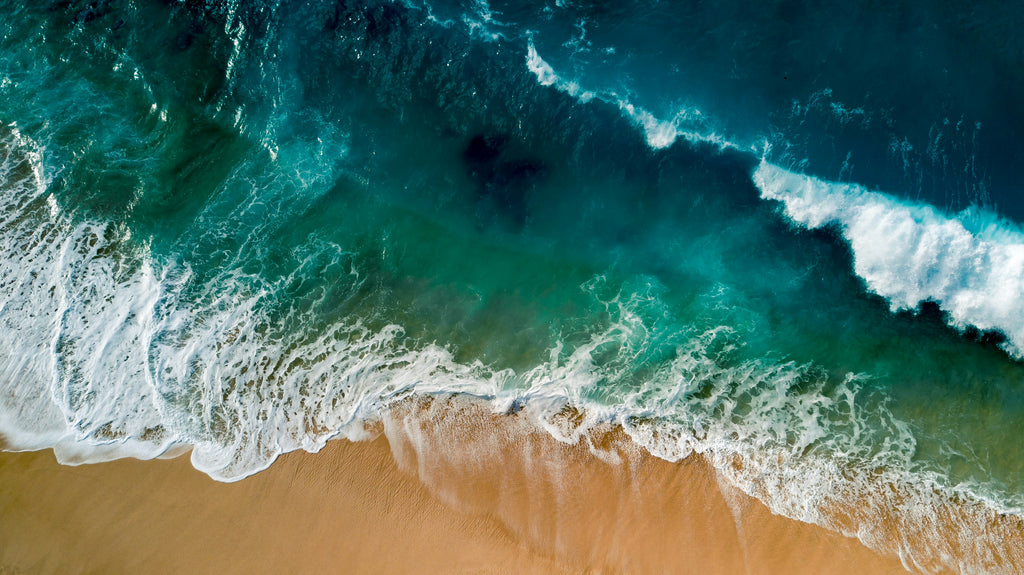
Unveiling the History: When Did Hawaii Become Part of the United States
Share
Welcome, fellow travelers and history enthusiasts, to a riveting exploration of the captivating tale behind the integration of the Aloha State into the fabric of the United States. Buckle up, as we embark on a journey through time to uncover the enigmatic origins of Hawaii's relationship with the U.S.
Table of Contents
- The Ancient Roots of Hawaii
- European Exploration and Contact
- The Rise and Fall of the Hawaiian Kingdom
- Annexation and the Overthrow of the Monarchy
- Hawaii as a U.S. Territory
- Pearl Harbor and World War II
- Statehood: Hawaii Joins the Union
- Modern Hawaii: A Blend of Cultures
- 9. Frequently Asked Questions (FAQs)
The Ancient Roots of Hawaii
Paradise Lost in Time
Our story begins long before the buzz of colonial explorers and the advent of modern geopolitics. Hawaii, a group of stunning islands nestled in the heart of the Pacific, boasts a history steeped in the traditions of its indigenous people. Long before European contact, the islands were home to a vibrant Polynesian culture, fostering a unique way of life that was intimately tied to the land and sea.
The Rise of the Hawaiian Kingdom
Enter the late 18th century, and the tranquility of these islands was disrupted by the arrival of Captain James Cook in 1778. While the Europeans brought new technologies and goods, they also inadvertently introduced devastating diseases to which the native population had no immunity. Despite these challenges, the Hawaiian Kingdom emerged, blending its ancient roots with the influences of the outside world.
European Exploration and Contact
Captain Cook's Pacific Odyssey
Captain James Cook's voyages through the Pacific marked a significant chapter in Hawaiian history. His arrival opened the door to European exploration, forever altering the course of these idyllic islands. The initial encounters between the Hawaiians and Europeans were marked by curiosity and trade, but unfortunately, the unintended consequences of these interactions cast a shadow over the islands.
Impact of Western Diseases
Tragically, the introduction of Western diseases, such as smallpox, took a devastating toll on the native population. The once-thriving communities faced decimation, leaving an indelible mark on the cultural and demographic landscape of Hawaii.
The Rise and Fall of the Hawaiian Kingdom
Missionaries and Monarchs
The 19th century witnessed a wave of change as Christian missionaries arrived in Hawaii. With them came not only religious teachings but also a shift in the political and cultural dynamics of the islands. The monarchy, under the rule of King Kamehameha and later Queen Liliuokalani, navigated these tumultuous waters, attempting to maintain a delicate balance between tradition and modernity.
The Overthrow of the Monarchy
However, the tides of change grew stronger, culminating in the overthrow of the Hawaiian monarchy in 1893. A group of American businessmen, with the support of U.S. Marines, forced Queen Liliuokalani to abdicate, signaling a pivotal moment in Hawaii's history.
Annexation and the Overthrow of the Monarchy
Economic Interests and Political Machinations
As we fast forward to the closing years of the 19th century, the economic interests of the United States in Hawaii took center stage. The islands' strategic location in the Pacific, coupled with the flourishing sugar industry, made Hawaii an enticing prospect for American investors. This economic allure played a pivotal role in the political maneuverings that ultimately led to the annexation of Hawaii by the United States in 1898.
Twists in the Tale: Overthrowing a Monarchy
The events leading to annexation were not without controversy. In 1893, a group of American businessmen, largely driven by economic interests, orchestrated the overthrow of the Hawaiian monarchy. With the support of U.S. Marines, Queen Liliuokalani was compelled to relinquish her throne. This turn of events set the stage for Hawaii to become a territory of the United States.
Thanks for visiting our blog, are you planing to travel to Hawaii? Check out our eSIM Hawaii & Hawaii Sim Card.
Hawaii as a U.S. Territory
A New Chapter Begins
The late 19th and early 20th centuries marked a transformative period for Hawaii. As a U.S. territory, the islands experienced significant changes in governance, economics, and social dynamics. The sugar industry continued to thrive, and Hawaii became increasingly integrated into the broader American political and economic framework.
The Socio-Economic Landscape
During its territorial years, Hawaii underwent a process of Americanization, with English becoming the primary language, and American customs and institutions taking root. The islands became a melting pot of cultures, as diverse communities settled and contributed to the unique tapestry of Hawaii's identity.

Pearl Harbor and World War II
A Crucible of History: Pearl Harbor
The picturesque waters of Pearl Harbor would forever be etched in history on December 7, 1941. The surprise attack by the Japanese propelled the United States into World War II, with Hawaii at the forefront of this global conflict. The strategic importance of the islands became evident, and the devastating events of that day would profoundly shape the trajectory of Hawaii's relationship with the United States.
Impact on Hawaii and the Road to Statehood
The aftermath of Pearl Harbor solidified Hawaii's significance in the eyes of the U.S. government. The islands played a pivotal role in the Pacific theater of the war, and the sacrifices made by Hawaiians during this period contributed to the momentum for statehood.
Statehood: Hawaii Joins the Union
A Milestone Achieved
The mid-20th century heralded a new era for Hawaii. On August 21, 1959, Hawaii officially became the 50th state of the United States, marking the end of its territorial status. The road to statehood was not without its challenges, but the cultural vibrancy, strategic importance, and the resilience of the people all played crucial roles in this historic achievement.
Modern Hawaii: A Blend of Cultures
Cultural Resilience and Diversity
Fast forward to the present, and Hawaii stands as a testament to the resilience of its people and the vibrant tapestry of cultures that have shaped its identity. The islands have become a true melting pot, where ancient traditions intertwine with the influences of the East and West. From hula dancing and traditional luaus to the bustling urban life of Honolulu, modern Hawaii is a dynamic fusion of the old and the new. Before you take off make sure to check with local government of the travel status.
Preserving Hawaiian Heritage
Efforts to preserve and revitalize Hawaiian culture have become paramount. Organizations and initiatives dedicated to the protection of indigenous languages, practices, and arts have gained momentum. Visitors to the islands can immerse themselves in the richness of Hawaiian traditions, gaining a deeper appreciation for the unique heritage that defines these Pacific gems.
9. Frequently Asked Questions (FAQs)
Was Hawaii always part of the United States?
No, Hawaii was an independent kingdom until it was annexed by the United States in 1898.
How did the overthrow of the Hawaiian monarchy happen?
The overthrow occurred in 1893 when American businessmen, supported by U.S. Marines, forced Queen Liliuokalani to abdicate.
Why was Hawaii annexed by the United States?
Economic interests, particularly the thriving sugar industry, played a significant role in the annexation of Hawaii by the United States.
When did Hawaii become a state?
Hawaii officially became the 50th state of the United States on August 21, 1959.
How did Pearl Harbor impact Hawaii's relationship with the United States?
The attack on Pearl Harbor in 1941 played a crucial role in Hawaii's history, highlighting its strategic importance and influencing the decision to grant it statehood.








